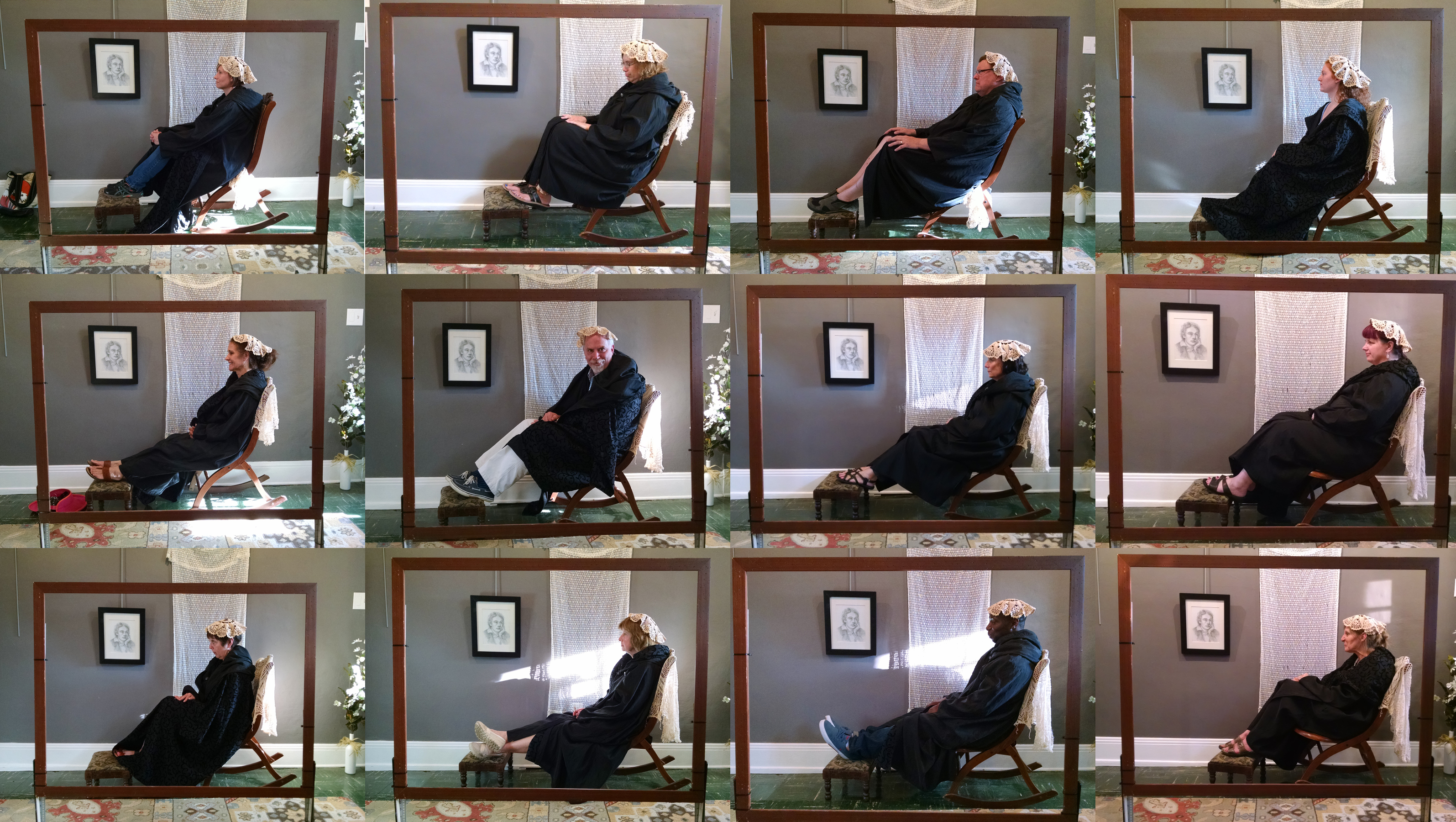By Amanda Kohen and Abigail Preiszig
In Roman mythology, Romulus and Remus were twin brothers who were ordered to be drowned in the Tiber River for fear they were a threat to the throne. Their father was assumed to be a god.
However, the twins survived as the river carried them to safety, landing at what would be Rome. They would become the Italian capital’s founders, according to mythology.

American painter Norman Bluhm connected the twins’ narrative to his imagery – a literal reference to the most direct representation of symmetry found in nature – says Colleen George Suich, curator of collections at The Butler Institute of American Art in Youngstown. The painting, “Romulus and Remus,” is in its permanent collection.

George Suich and Louis A. Zona, executive director/chief curator at the Butler, tell Canvas about the artist, his concept for the painting and how it remains relevant today. Their responses were edited for brevity and clarity.

Artist: Norman Bluhm (1921-1999)
Year: 1979
Details: Oil on canvas, 102 x 114 inches. Permanent collection of The Butler Institute of American Art. Gift of the family of Norman Bluhm. Find it: In the Bacon Gallery on the second-level balcony in Beecher Court at the Butler Institute of American Art, 524 Wick Ave., Youngstown.
CANVAS: What makes “Romulus and Remus” noteworthy?
GEORGE SUICH: Norman Bluhm was an abstract expressionist and action painter who unconventionally ignored the shifting market trends of the art world to focus on how he could push the boundaries of paint. Ever evolving, Bluhm’s style manifested among his contemporaries but also drew much inspiration from art history. “Romulus and Remus” is not only a culmination of this evolution, but also a spearhead toward Bluhm’s next stylistic phase. Bluhm’s use of symmetry defined this era of his paintings, which often included what he termed as “closed and open forms.” These complex yet organized gestural shapes are reminiscent of his most dominant motif, the female form. The ambiguous forms can be seen here, fluidly weaving between electric colors.
What response does this painting evoke?
GEORGE SUICH: For me, this piece is highly emotional. The curvilinear, swirling masses are suspended in this compositional storm. They appear to be captive forms, pulling from and pressing against the boundaries of the canvas despite the vastness Bluhm creates with his use of color and the physical scale of this painting (8½ x 9½ feet). These forms invite you into this space with the unexpected use of color, creating structure and direction amid a staccato rhythm repeated by these dancing swells.
What was happening in the art world at the time that might have influenced it?
GEORGE SUICH: Bluhm rejected the constructs of artistic “trends,” which was reflected by the politics of the art market as artists began producing works that would sell to collectors and increase their exposure. Bluhm instead continued to maintain his self-interests and inspiration from the classical and European painting traditions, which was highly evident in his later works.
Decades later, what makes this painting relevant now?
ZONA: It is relevant today since so much of the art being produced today deals with strong originality and a totally free approach. The work can be considered to be timeless. I love the reference to Matisse’s “Dance” indicated in the work.
What else can you tell us about Bluhm?
GEORGE SUICH: Although Bluhm never saw the same success as many of his contemporaries, he cemented his influence over his 40-plus year career by continuously challenging his technique and evolving his unique style. Bluhm was born in Chicago and studied architecture under Mies van der Rohe before joining the Air Force during World War II. He was transcontinental, living most of his life between Paris and New York, and was equally immersed in their respective art scenes. His early work focused largely on the figure before gradually transitioning into full abstraction.
ZONA: Norm was blue collar in every aspect of his life. Rough and tough, the painting reveals through the dripping of paint and the swings at the canvas that his approach was anything but dainty.
What else should we know about this piece?
ZONA: This was one of his final pieces which was to be included in an exhibition being planned of his work. He passed away during the planning of his exhibit. His wife donated the painting to the Butler, telling us that Norman would have wanted “Romulus and Remus” to have a good home. That it has.










